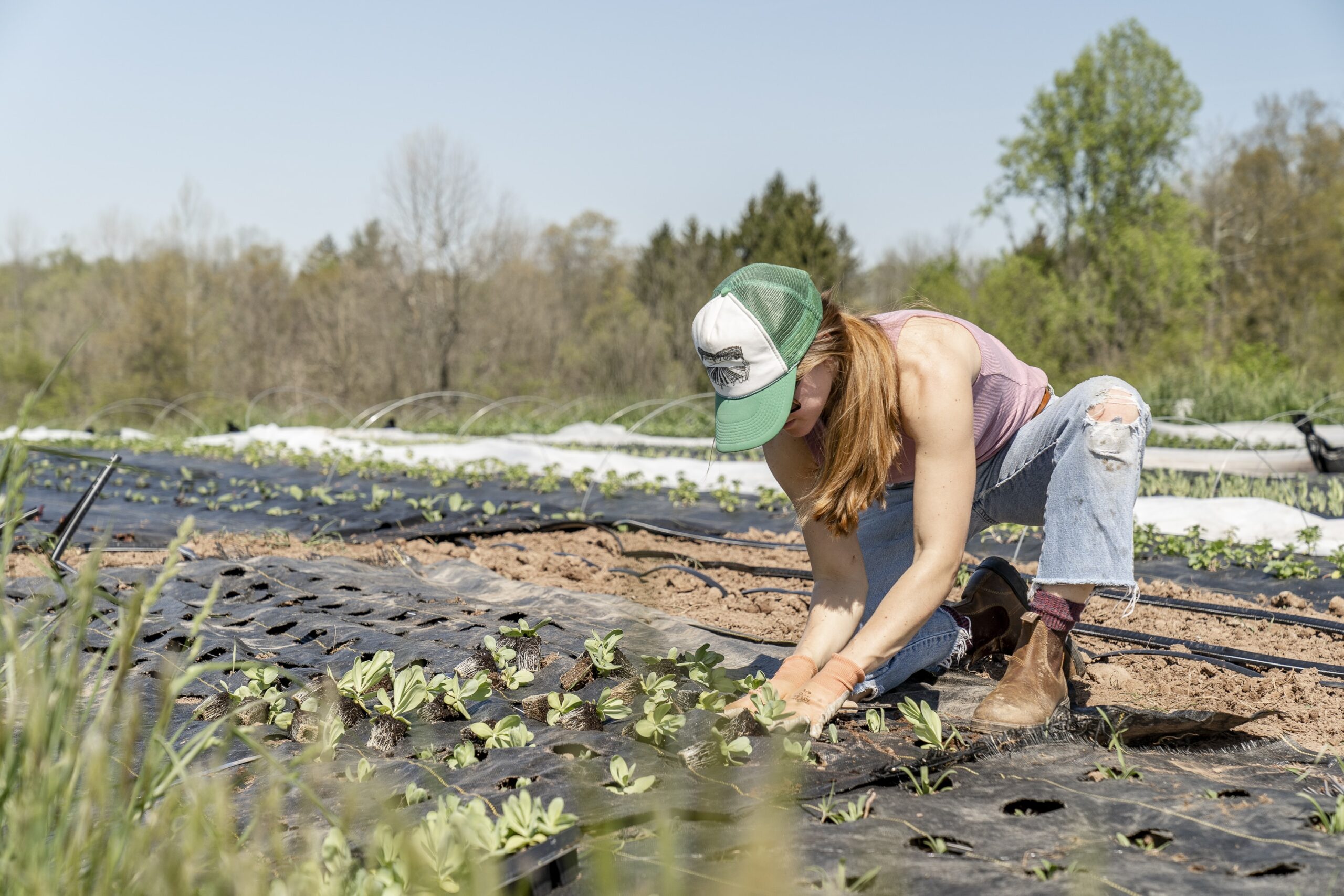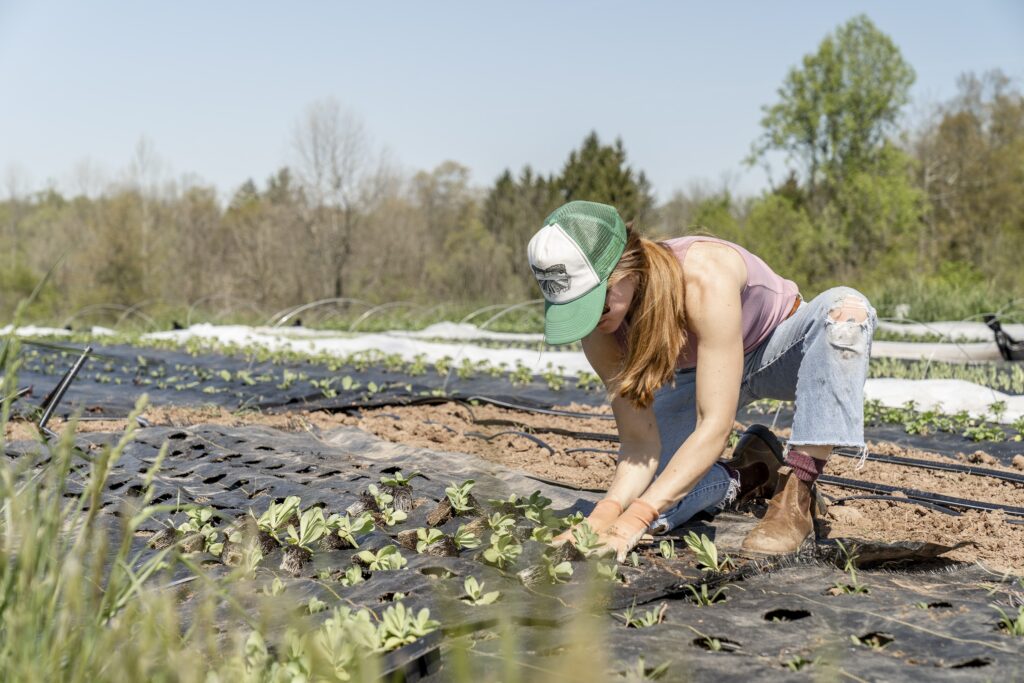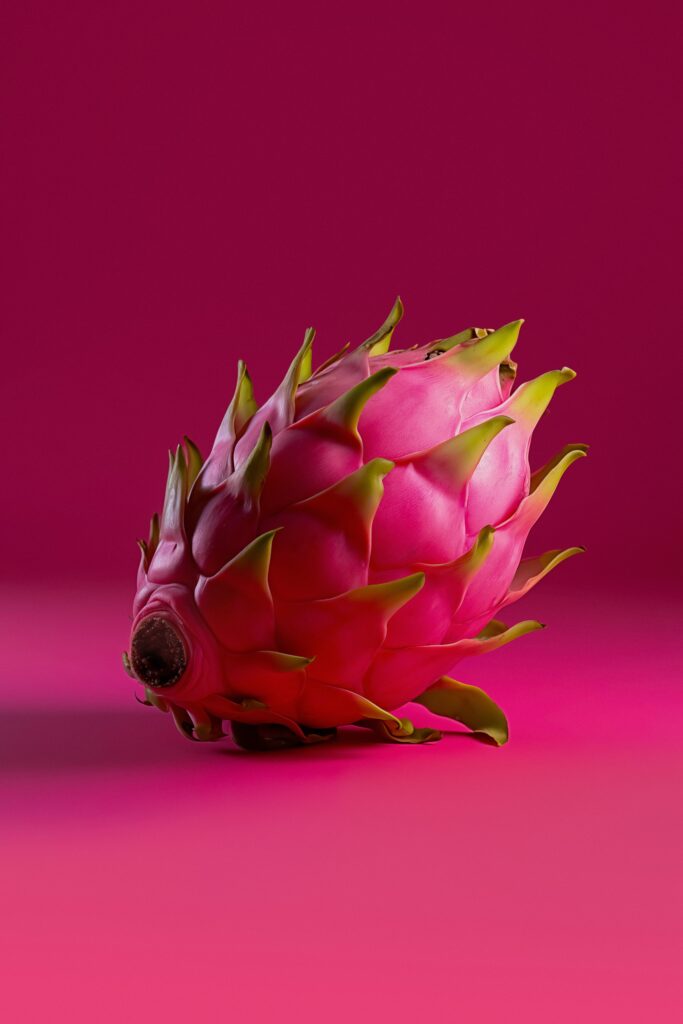Imagine transforming your backyard or indoor space into an oasis of lush green plants without the hassle of soil. Hydroponics, the method of growing plants without soil, offers a convenient and efficient way to cultivate your own garden. But if you’re new to this innovative technique, you might be wondering: what is the easiest plant to grow in hydroponics? In this article, we’ll explore the answer to this question and provide you with the perfect starting point for your hydroponic gardening journey. Get ready to witness the beauty and simplicity of hydroponics firsthand!
Leafy Green Vegetables
Lettuce
Lettuce is one of the easiest and most popular leafy greens to grow in a hydroponic system. Its fast growth rate and shallow root system make it ideal for this method of gardening. Lettuce varieties such as romaine, butterhead, and leaf lettuce can thrive in a hydroponic setup without much hassle. They require minimal space and can be harvested within a few weeks of planting, providing you with a continuous supply of fresh, crisp greens.
Spinach
Spinach is another leafy green that thrives in hydroponic systems. With its nutrient-dense leaves and quick growth cycle, spinach is a fantastic choice for any hydroponic gardener. It requires ample sunlight or artificial light and a steady supply of water and nutrients. By monitoring the system’s pH levels and maintaining proper lighting and temperature conditions, you can harvest delicious and tender spinach leaves throughout the year.
Kale
Kale, known for its nutritious properties, is a hardy leafy green that can be grown in hydroponics. It offers a variety of flavors and textures, such as curly kale, dinosaur kale, and red Russian kale. With its robust growth and ability to withstand fluctuating temperatures, kale is an excellent choice for hydroponic gardening. Its leaves can be harvested at different stages, allowing you to enjoy baby kale or mature leaves depending on your preference.
Swiss Chard
Swiss chard, with its vibrant and colorful stems, is not only visually appealing but also a nutritious addition to any hydroponic garden. It can be grown easily in a hydroponic system, providing a continual harvest of tender and flavorful leaves. Swiss chard is known for its resistance to various weather conditions and pests, making it a reliable option for hydroponic growers. Whether you choose the classic white-stemmed or the rainbow variety, Swiss chard is a fantastic leafy green to cultivate.
Herbs
Basil
Basil is one of the most popular herbs grown in hydroponics due to its aromatic leaves and versatility in various cuisines. It thrives in a hydroponic environment and can be easily propagated from cuttings, making it an excellent choice for beginners. With its rapid growth and continuous harvest potential, you can enjoy fresh basil leaves year-round to elevate your dishes with their distinct aroma and flavor.
Mint
Mint is another herb that is well-suited for hydroponic gardening. Its refreshing aroma and cooling taste make it a delightful addition to beverages, desserts, and savory dishes. Mint can be grown from seeds or cuttings and does well in hydroponic systems where it can receive ample sunlight or artificial lighting. With proper care and maintenance, you can enjoy an abundant supply of mint leaves that can be used for culinary purposes or to make aromatic teas.
Cilantro
Cilantro, also known as coriander, is a herb commonly used in a variety of cuisines worldwide. It is relatively easy to grow in hydroponics and offers a continuous harvest of its distinct, flavorful leaves. Cilantro requires moderate lighting and a nutrient-rich solution to thrive in a hydroponic system. The ability to harvest young leaves as well as mature coriander seeds adds versatility to its use in the kitchen, allowing for a range of culinary possibilities.
Parsley
Parsley, with its vibrant green leaves and fresh taste, is a versatile herb that can be easily grown in a hydroponic setup. It requires moderate lighting, high humidity, and ample air circulation to thrive. Parsley can be harvested continually, allowing you to enjoy its unmistakable flavor in fresh salads, soups, and a variety of culinary creations. Adding parsley to your hydroponic garden will not only enhance the visual appeal but also elevate the taste of your dishes.

Fruiting Plants
Tomatoes
Tomatoes are a favorite among hydroponic gardeners due to their exceptional flavor and abundant harvest potential. While they require a bit more attention and careful monitoring compared to leafy vegetables, growing tomatoes in a hydroponic system can yield impressive results. Tomatoes thrive in warm temperatures and consistent light, making them a suitable choice for indoor hydroponic gardens. With a variety of tomato cultivars available, you can experiment with different shapes, colors, and flavors to find your favorite.
Strawberries
Growing strawberries in hydroponics is not only rewarding but also a delightful experience for any gardener. These sweet and juicy fruits can be successfully cultivated in a controlled environment that provides optimal sunlight or artificial lighting, proper temperature, and a constant supply of nutrients. Hydroponic strawberries allow you to enjoy fresh, ripe berries without the concern of soil-borne diseases or pests. Whether you choose compact varieties for vertical systems or sprawling varieties for larger setups, hydroponic strawberries are a treat for both the eyes and the taste buds.
Peppers
Peppers, with their vibrant colors and varying degrees of spiciness, are excellent candidates for hydroponic cultivation. Whether you prefer bell peppers, jalapeños, or habaneros, these fruiting plants can thrive in a hydroponic system with the right conditions. Peppers require ample sunlight or artificial lighting, proper air circulation, and a nutrient-rich solution to flourish. With careful monitoring and adjustment of the growing environment, you can enjoy a bountiful harvest of crisp and flavorsome peppers throughout the year.
Cucumbers
Cucumbers are refreshing and versatile vegetables that can be grown successfully in a hydroponic garden. With their vigorous growth and sprawling vines, cucumbers require ample space and a trellis system for support in a hydroponic setup. Providing sufficient light, proper airflow, and a nutrient solution tailored to cucumber plants’ needs will ensure a bumper crop of crunchy and hydrating cucumbers. From salad additions to pickling favorites, homegrown hydroponic cucumbers bring a fresh and healthy touch to your culinary creations.
Root Vegetables
Radishes
Radishes, known for their quick growth and distinct flavors, can be grown in a hydroponic system with ease. These root vegetables thrive in a nutrient-rich solution and require proper humidity and temperature conditions. The hydroponic environment allows radishes to develop smooth, uniform roots without the risk of soil-borne pests or diseases. You can enjoy the signature crispness and peppery taste of radishes, whether you prefer the classic red globes or the vibrant French breakfast variety.
Carrots
Carrots, normally associated with traditional soil gardening, can also be successfully grown in a hydroponic system. While they require a bit more attention to replicate the loose and well-draining soil conditions, hydroponic carrots offer advantages such as freedom from soil-borne pests and consistent growing conditions. With careful monitoring of nutrient levels and proper spacing, you can cultivate vibrant and flavorful carrots that are a delight to harvest and enjoy.
Turnips
Turnips, with their unique sweetness and versatility in both roots and greens, can be grown hydroponically. They require a nutrient-rich solution and ample space for their roots to mature properly. In a hydroponic system, turnips can be harvested at different stages of growth to enjoy both tender baby turnips and mature, flavorful roots. Additionally, the nutritious greens can be included in salads or cooked as a side dish, making turnips a wonderful addition to any hydroponic garden.
Beets
Beets, with their earthy sweetness and vibrant colors, are not commonly associated with hydroponic gardening. However, they can be successfully grown in a hydroponic system with proper care. Beets require a nutrient-rich solution, ample light, and adequate spacing for their roots to develop fully. Growing beets hydroponically allows for a continuous harvest of tender, flavorful roots that can be enjoyed in a variety of dishes, from roasted beet salads to beet-infused desserts.

Microgreens
Lettuce
Lettuce, mentioned earlier as a leafy green vegetable, can also be harvested as microgreens in a hydroponic setup. Microgreens are young and tender greens that are harvested at an early stage and packed with concentrated nutrients and flavors. Growing lettuce as microgreens in a hydroponic system provides a quicker turnaround time, allowing you to enjoy the fresh taste and vibrant colors of these tiny greens in just a few weeks. They are perfect for garnishing salads, sandwiches, and various culinary creations.
Kale
Kale, another leafy green known for its nutritional value, can also be grown as microgreens in a hydroponic setup. Similar to lettuce, kale microgreens offer an abundance of nutrients in a small package. Their robust and slightly spicy flavor adds a pleasant kick to dishes, making them a popular choice among health-conscious individuals. By growing kale as microgreens in hydroponics, you can enjoy a continuous supply of tender and flavorful greens that can be incorporated into smoothies, stir-fries, or salads for an added nutritional boost.
Radishes
Radish microgreens bring a delightful burst of flavor and vibrant colors to any dish. These tiny greens, with their signature peppery taste, add a unique touch to salads, sandwiches, and even sushi rolls. Growing radishes as microgreens in a hydroponic system provides a fast and continuous harvest of fresh, crisp greens without the need to wait for mature roots. With their quick growth cycle and beautiful red and green leaves, radish microgreens are a delightful addition to your hydroponic garden.
Broccoli
While broccoli is commonly associated with mature heads harvested from soil, it can also be enjoyed as nutrient-dense microgreens. Broccoli microgreens offer a concentrated dose of vitamins and minerals, making them a popular choice for health enthusiasts. Growing broccoli microgreens in a hydroponic system allows for a quick and continuous harvest of tender greens that can be used as a nutritious addition to smoothies, salads, or stir-fries. The vibrant green leaves and fresh taste of broccoli microgreens make them an appealing choice for any hydroponic gardener.
Edible Flowers
Nasturtiums
Nasturtiums, known for their colorful and peppery flowers, are a delightful addition to any edible garden, including hydroponic setups. These vibrant blooms are not only visually pleasing but also add a unique and spicy flavor to salads, soups, or as a garnish for various dishes. Nasturtiums are relatively easy to grow in a hydroponic system, and their trailing or upright varieties can add a touch of elegance to your garden while enhancing your culinary creations.
Marigolds
Marigolds, with their bright orange and yellow flowers, are not only beautiful to look at but can also be enjoyed as edible flowers in hydroponics. Their distinct aroma and flavor make them a popular choice for adding a touch of sunshine to salads, desserts, or herbal teas. Growing marigolds in a hydroponic system allows you to enjoy their cheerful blooms year-round and incorporate their vibrant petals into your favorite recipes.
Pansies
Pansies are delicate flowers that come in an array of colors and patterns, making them an aesthetic addition to any hydroponic garden. These edible flowers can be used as beautiful cake and dessert decorations, infused into beverages, or added to salads and soups for a splash of color. Pansies are relatively easy to grow in a hydroponic system and their delicate blooms make them a charming choice for culinary experimentation.
Borage
Borage, with its striking blue flowers and cucumber-like flavor, is a unique addition to any hydroponic edible flower garden. The vibrant blooms not only add a visual appeal but also find their way into a variety of culinary creations. Borage flowers are often used as a garnish or infused into drinks for a refreshing twist. Growing borage in a hydroponic system allows you to enjoy its beautiful blooms and enhance your dishes with its distinctive taste.

Green Onions
Scallions
Scallions, also known as green onions or spring onions, are a versatile and vibrant addition to hydroponic gardens. These mild, onion-flavored vegetables can be easily grown from seeds or transplants, making them suitable for both novice and experienced hydroponic gardeners. Scallions have a quick growth cycle, and their continuous harvest can provide you with fresh greens to add flavor and crunch to your culinary creations.
Chives
Chives, with their delicate and onion-like flavor, are one of the easiest herbs to grow in a hydroponic system. These slender and vibrant green herbs are a delightful addition to various dishes, from creamy soups to savory spreads. Chives can be easily propagated from seeds or transplants and require moderate lighting and proper air circulation to thrive. By growing chives hydroponically, you can enjoy an endless supply of fresh herbs to elevate the taste of your favorite recipes.
Leeks
Leeks, with their mild and sweet onion taste, can be successfully grown in a hydroponic setup. While they require a bit more attention compared to other green onions, cultivating leeks hydroponically can be a rewarding experience. Leeks prefer cooler temperatures and high humidity, making them a suitable option for hydroponic gardens with controlled environments. With their elongated and flavorful stems, leeks can be used in a variety of dishes, adding a touch of elegance and taste to your culinary creations.
Shallots
Shallots, a versatile member of the onion family, can also be grown hydroponically. These flavorful bulbs add depth and complexity to your dishes, whether used raw in dressings and sauces or cooked in various recipes. Shallots can be propagated from bulbs and require proper lighting, temperature, and humidity control in a hydroponic system. Growing shallots hydroponically ensures a consistent and bountiful supply of these flavorful bulbs year-round.
Beans and Peas
Green Beans
Green beans, with their crunchy texture and distinctive taste, are an excellent choice for hydroponic gardening. These legumes can be grown vertically, allowing you to maximize space in your hydroponic setup. Green beans require proper support structures, ample lighting, and a nutrient-rich solution to thrive. With careful monitoring of their growth and harvesting at the right stage, you can enjoy a consistent supply of crisp and flavorful green beans throughout the season.
Snap Peas
Snap peas, sometimes referred to as sugar snap peas, are a delightful addition to any hydroponic garden. These edible-podded peas can be grown successfully in a controlled environment, providing you with tender and sweet pods to enjoy. Snap peas require trellis systems for their vines to climb, moderate lighting, and proper air circulation. With their refreshing taste and crunchy texture, snap peas are perfect for snacking, stir-fries, or adding a pop of green to your favorite dishes.
Snow Peas
Snow peas, also known as Chinese pea pods, are another legume that can be grown hydroponically. These flat, edible-podded peas are incredibly versatile and add a delightful crunch to various culinary creations. Snow peas require support for their vines, moderate lighting, and proper airflow in a hydroponic system. By growing snow peas in a controlled environment, you can enjoy fresh and tender pods that are perfect for stir-fries, salads, or as a healthy snack.
Lima Beans
Lima beans, with their creamy texture and buttery flavor, can be successfully cultivated in a hydroponic garden. These legumes require proper support for their vines, ample light, and a nutrient-rich solution. Lima beans thrive in warm temperatures, making them suitable for hydroponic setups with controlled environments. By monitoring their growth and providing them with the ideal conditions, you can harvest a bountiful crop of flavorful and nutritious lima beans to enjoy in your favorite recipes.
Berries
Strawberries
Strawberries, mentioned earlier as a fruiting plant, are a popular choice for hydroponic gardeners due to their sweet and juicy berries. Hydroponic strawberries offer several advantages, including improved disease resistance, larger and higher-quality fruits, and extended growing seasons. These luscious and vibrant berries can be grown in a vertical setup or various hydroponic systems, providing you with a continuous harvest of fresh strawberries to savor.
Raspberries
While raspberries are typically grown on bushes, they can also be cultivated hydroponically with the right setup. These delicious and tangy berries require proper support for their canes, ample light, and a nutrient-rich solution in a hydroponic system. Growing raspberries hydroponically can offer benefits such as increased fruit production, improved fruit quality, and freedom from soil-borne pests and diseases. With their distinct flavor and versatility in culinary applications, hydroponic raspberries are an exciting endeavor for any berry enthusiast.
Blueberries
Blueberries, known for their antioxidant properties and sweet-tart taste, can be challenging to grow in traditional soil gardens. However, with advancements in hydroponic techniques, cultivating blueberries hydroponically is now possible. Blueberries require an acidic nutrient solution, proper lighting conditions, and careful pH monitoring to thrive in a hydroponic setup. While hydroponic blueberry cultivation requires attention to detail and specific requirements, the reward of enjoying your own homegrown and flavorful blueberries makes it worthwhile.
Blackberries
Growing blackberries hydroponically offers several benefits, including improved plant health, higher fruit yields, and a more controlled growing environment. These sweet and juicy berries require a trellis system for proper support, ample lighting, and a nutrient-rich solution. Hydroponic blackberries allow you to avoid soil-related challenges and enjoy the fruits of your labor without the concern of soil-borne pests or diseases. With their rich flavor and versatility in use, hydroponic blackberries are an exciting addition to any berry lover’s garden.
Gourds
Zucchini
Zucchini, a member of the gourd family, is a popular vegetable that can be grown hydroponically. Its versatile nature and fast growth make it an excellent option for hydroponic gardening. Zucchini requires ample space for its sprawling vines, proper lighting, and a nutrient-rich solution. With careful monitoring of its growth and regular harvesting of tender zucchinis, you can enjoy a continuous supply of this versatile vegetable for use in various recipes, from stir-fries to baked goodies.
Squash
Squash, including summer squash and winter squash varieties, can be successfully cultivated in a hydroponic system. These nutritious and flavorful gourds require ample space for their sprawling vines, proper lighting, and a nutrient-rich solution. Growing squash hydroponically allows for a consistent harvest of tender and delicious fruits without the challenges associated with traditional soil gardening. From creamy butternut to vibrant yellow zucchini, hydroponically grown squash adds a visual appeal and taste to your culinary endeavors.
Pumpkin
While pumpkins are traditionally associated with large vines and expansive gardens, they can also be grown hydroponically. With proper support, lighting, temperature, and a nutrient-rich solution, pumpkins can successfully thrive in a controlled hydroponic environment. Growing pumpkins hydroponically offers advantages such as improved fruit quality, reduced disease risk, and the ability to grow in limited space. Whether you’re planning to carve jack-o’-lanterns or enjoy pumpkin-based culinary creations, hydroponic pumpkins allow you to witness the magic of these iconic gourds in a whole new way.
Cucumbers
Cucumbers, mentioned earlier as a fruiting plant, are also considered a member of the gourd family. Known for their refreshing taste and crunchy texture, cucumbers can be easily grown hydroponically. With their sprawling vines and the use of trellis systems, hydroponic cucumbers ensure efficient use of space and optimal fruit production. By providing adequate lighting, temperature control, and a nutrient-rich solution, you can establish a productive hydroponic cucumber garden that provides you with an abundant supply of these hydrating and versatile vegetables.
In conclusion, hydroponics offers a fantastic way to grow a wide variety of plants, from leafy greens to herbs, fruiting plants, root vegetables, microgreens, edible flowers, green onions, beans and peas, berries, and even gourds. By providing the optimal conditions within a controlled environment, you can enjoy a continuous harvest of fresh and flavorful produce throughout the year. Whether you’re a beginner or an experienced gardener, hydroponics allows you to explore a world of possibilities in gardening and enjoy the rewards of homegrown, nutritious, and delicious plants. So, get your hydroponic system set up and start planting your favorite vegetables, herbs, and fruits today! Happy growing!





